Construction sand is one of the most important components of the building and construction industry. It is a granular material that is made up of different materials. Furthermore, it is extensively used in the construction of buildings, roads, bridges, and other infrastructure projects. Moreover, there are many types of sand used for construction, some of the most frequently used are discussed in this blog.
What is Construction Sand?
Construction sand is used in the construction industry for various purposes. Construction sand is composed of a mixture of different materials, including rocks, minerals, and other natural or synthetic materials. The sand is obtained from various sources, including rivers, quarries, and beaches. In addition, there are different types of sand used in construction. The chief among them are discussed;
Types of Sand Used in Building Construction
There are many types of sand for building structures like roads, dams, houses, etc. The most prominent are the ones discussed below.
1. River Sand
It is the type of sand that is obtained from riverbeds. It is a naturally occurring granular material that is composed of minerals such as quartz and feldspar. Furthermore, river sand is typically fine-grained, well-rounded, and has a smooth texture.
Advantages of River Sand
- Strength and Durability
- Better Workability
- Cost-Effective
- Suitable for Concrete
- Good Drainage
Uses of River Sand
- Building Foundations
- Concrete Production
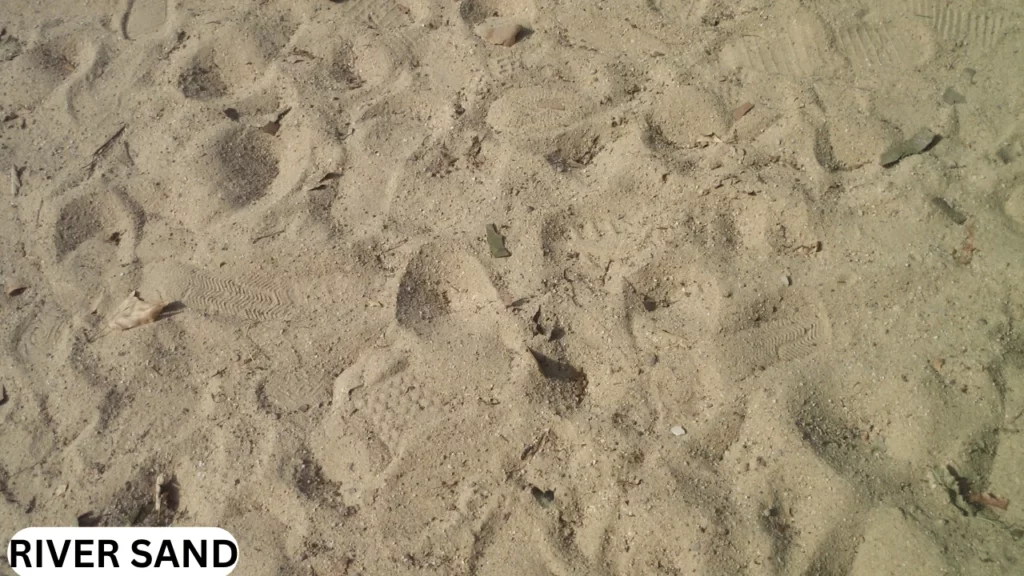
2. Pit Sand
It is a type of coarse sand that is extracted from pits or quarries. It is generally coarser than river sand and is composed of minerals such as quartz, feldspar, and other rock fragments.
Advantages of Pit Sand
- Better Drainage
- Suitable for Masonry Work
- Cost-Effective
- Ideal for Building Roads
- Available in Large Quantities
Uses of Pit Sand
- Masonry Work
- Concrete Production
- Road Construction
- Landscaping
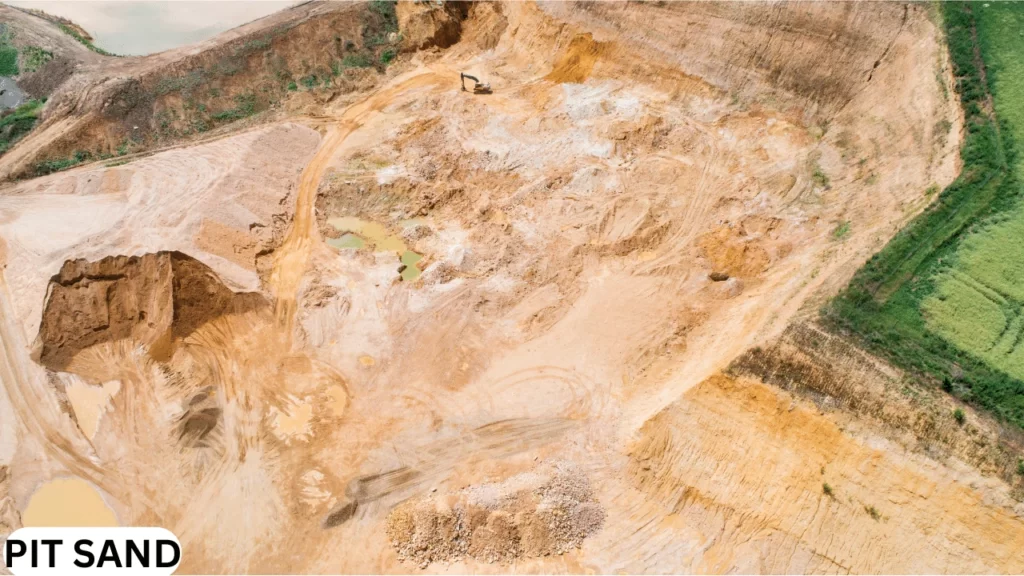
3. M- Sand
M-Sand is a type of sand that is manufactured using crushing equipment. The rocks, quarry stones, or larger aggregates are crushed into small pieces to form a fine sand-like material that is used in construction projects.
Advantages of M- Sand
- Consistent Quality
- Eco-Friendly
- Cost-Effective
- No Impurities
- Better Workability
Uses of M- Sand
- Concrete Production
- Plastering
- Landscaping
- Building Foundations
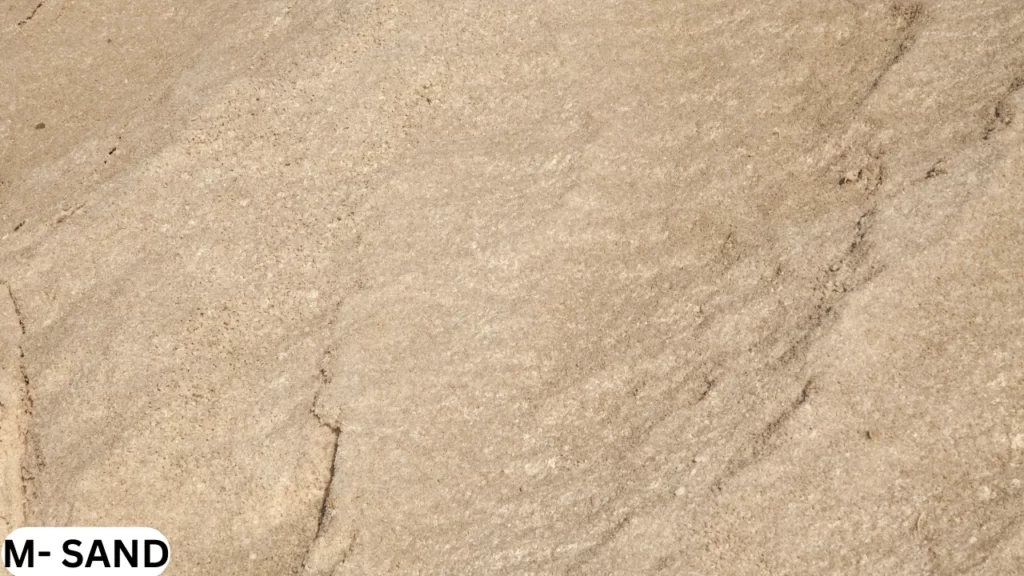
4. Crushed Stone Sand
It is produced by crushing rocks or stones into small pieces. Then the material is sorted and screened to produce sand with a consistent size and shape. Furthermore, crushed stone sand is commonly used as a substitute for river sand in construction projects.
Advantages of Crushed Stone Sand
- Consistent Quality
- Environmentally Friendly
- Cost-Effective
- High Compressive Strength
- Good Drainage
Uses of Crushed Stone Sand
- Concrete Production
- Landscaping
- Building Foundations
- Road Construction
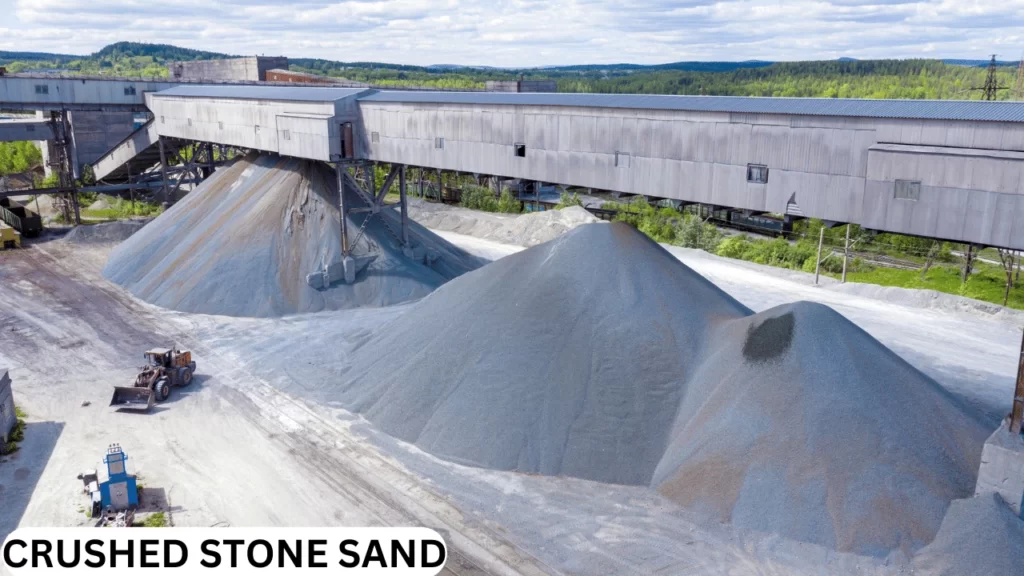
5. Sea Sand
It is obtained from coastal areas, including beaches, dunes, and tidal flats. It is produced by the natural process of erosion and weathering of rocks and minerals on the coast.
Advantages of Sea Sand
- Abundance
- Natural Composition
- Good Drainage
- Low Salinity
- Environmentally Friendly
Uses of Sea Sand
- Concrete Production
- Landscaping
- Building Foundations
- Road Construction

Factors to Consider When Choosing Sand for Construction
There are certain factors that are to be kept in mind when choosing sand for construction like the size and texture of the sand, moisture content, cleanliness, compatibility, availability, and most importantly the possible environmental impacts.
Conclusion
Sand is a very important component in the construction industry. There are different types of sand used for construction. Moreover, there are certain factors that are to be kept in mind when choosing the type of sand.

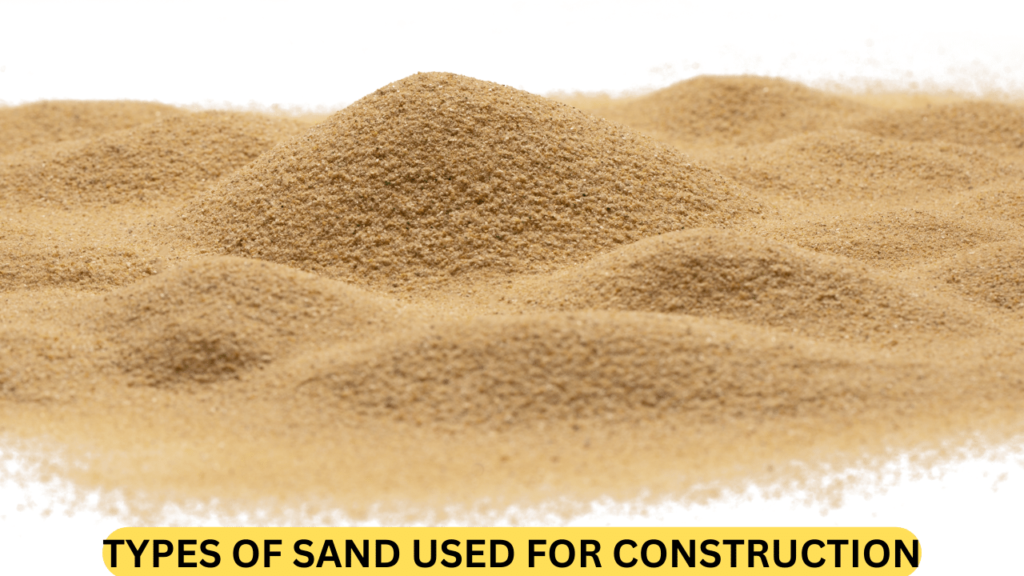
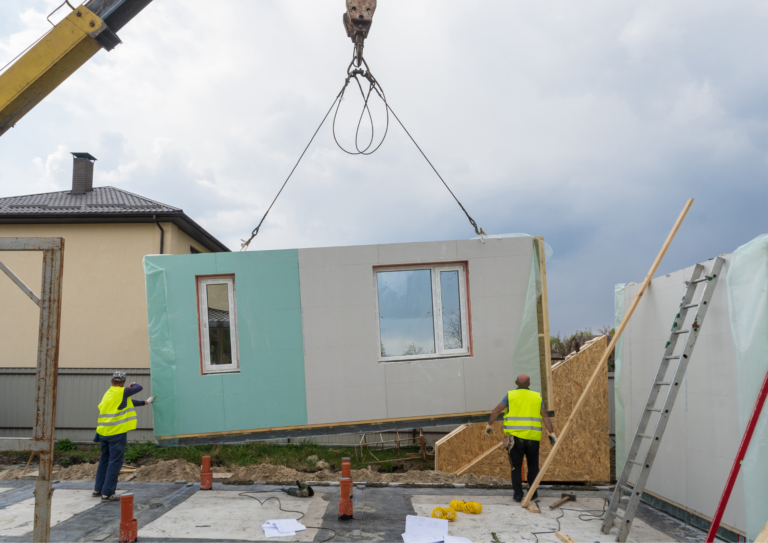
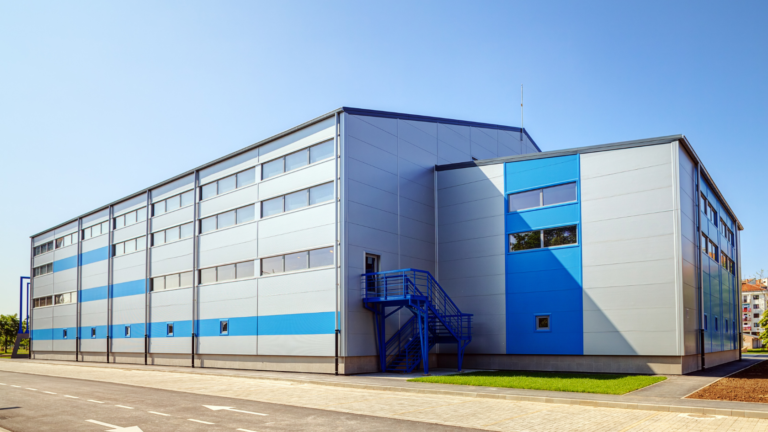


1 comment
6 Causes of Soil Liquefaction and How Can We Prevent It
[…] To learn more about different types of sand used in construction, visit 5 Types of Sand Used for Construction In the World. […]